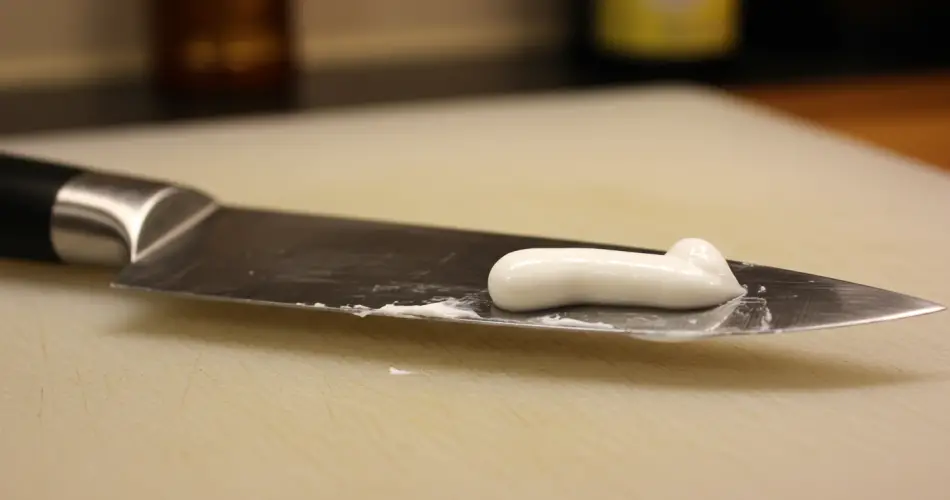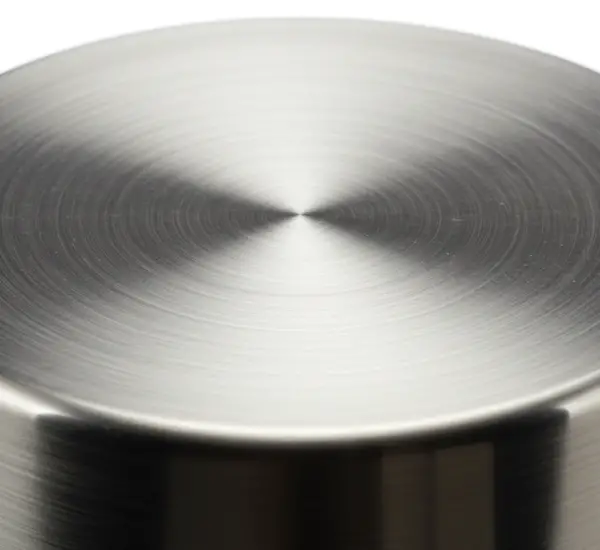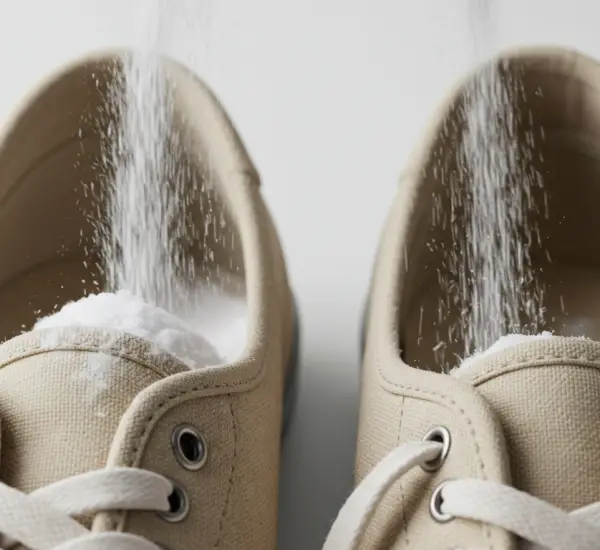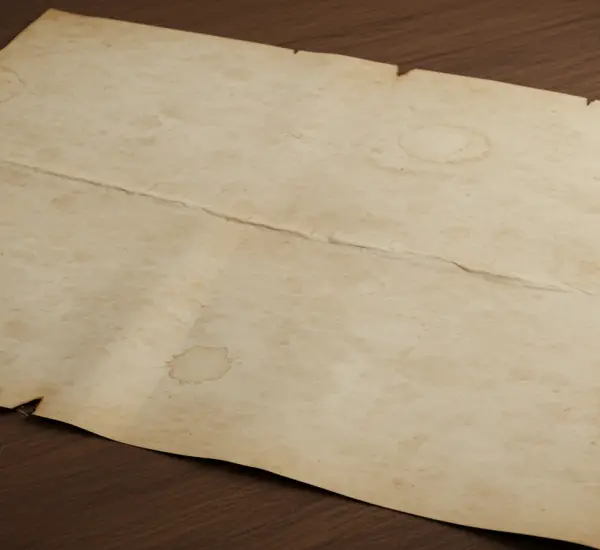When we think of toothpaste, the first thing that comes to mind is dental hygiene. It’s a staple of our daily routine—applied to a toothbrush to keep our teeth clean, our breath fresh, and our gums healthy. But did you know that toothpaste can be used for far more than just oral care?
From household cleaning hacks to surprising maintenance tricks, toothpaste has long been a go-to secret weapon for solving everyday problems. One of the most surprising uses, however, comes straight from professional butchers. Many of them rely on toothpaste to keep their knives sharp, shiny, and ready for precise cutting. Curious how that works? Let’s take a closer look at this unusual yet highly effective method.
Why Toothpaste Works Beyond the Bathroom
Toothpaste isn’t just a minty cream—it’s a carefully engineered product made up of abrasive particles, detergents, and antibacterial agents. These ingredients give it the power to scrub, polish, and disinfect. For our teeth, that means removing plaque, stains, and bacteria. But the same properties can be applied to materials like steel, glass, and even certain fabrics.
The slightly abrasive nature of toothpaste makes it an excellent cleaner for metals. It can buff away tarnish, stains, and dullness, restoring shine with minimal effort. And when applied to the blade of a knife, it can even help with sharpening by enhancing the friction process.
Cleaning Steel Surfaces with Toothpaste
One of the most common non-dental uses of toothpaste is cleaning stainless steel. If you’ve ever struggled with streaks, fingerprints, or dull patches on steel appliances, toothpaste may be the solution hiding in your bathroom cabinet.
Here’s how it works:
-
Apply a thin layer of toothpaste directly onto the steel surface.
-
Spread it evenly using a soft cloth or your fingers.
-
Let it sit for about five minutes.
-
Wipe the area with a slightly damp cloth, then dry it with a microfiber cloth.
The result? A polished, gleaming surface free from smudges and stains.
Removing Burn Marks from Iron Plates
Another clever application involves the dreaded scorched iron plate. If you’ve ever accidentally burned fabric while ironing, you know how frustrating it is. Those blackened patches not only ruin the look of your iron but can also damage clothes during the next ironing session.
To restore the iron’s plate:
-
Apply a generous amount of mint-flavored toothpaste to the burned area.
-
Scrub gently with an old toothbrush to loosen residue.
-
Wipe off with a damp cloth or use the steam function of the iron to rinse away any leftover paste.
-
Dry thoroughly before using the iron again.
This trick can bring back a smooth, clean surface and prolong the life of your iron.
The Butchers’ Trick: Sharpening Knives with Toothpaste
Now, let’s dive into the most fascinating use of all: sharpening knives with toothpaste. Professional butchers depend on razor-sharp knives to do their jobs effectively. Dull blades can ruin cuts of meat, slow down workflow, and even increase the risk of accidents. Instead of constantly paying for professional sharpening, many butchers have discovered that toothpaste offers a quick, inexpensive, and surprisingly effective solution.
Toothpaste contains abrasive particles and what is known as a “silver film agent.” When used with friction, these elements help refine and smooth the blade’s edge. Combined with a rough sharpening surface, this method works remarkably well for restoring sharpness.
Step-by-Step Guide to Sharpening Knives with Toothpaste
If you want to try this butcher-approved trick at home, here’s a simple method you can follow:
-
Apply Toothpaste
Spread a thin, even layer of toothpaste on both sides of your knife blade. Be careful when handling the knife to avoid cuts. -
Let It Sit
Leave the paste on for about one minute to allow the abrasives to cling to the blade’s surface. -
Prepare a Sharpening Surface
Flip a ceramic plate upside down. The rough, unglazed rim at the bottom of the plate acts like a sharpening stone. -
Enhance the Surface
Sprinkle a spoonful of salt onto the plate’s rim, then add a splash of vinegar. Spread the mixture across the rough edge—this boosts the sharpening effect. -
Sharpen the Knife
Hold the knife at about a 20-degree angle against the plate’s rim. Move it from top to bottom in one direction only. Avoid the back-and-forth motion that can damage the blade. -
Repeat on Both Sides
Perform the same motion on both sides of the knife until you feel the edge has regained sharpness. -
Clean Thoroughly
Once finished, rinse the knife under warm water, wipe off any toothpaste residue, and dry it completely.
In just a few minutes, you’ll have a knife that feels as sharp as new—without spending a dime on professional sharpening services.
Why This Method Works So Well
The success of this trick lies in the combination of toothpaste abrasives and the rough ceramic surface of the plate. Toothpaste reduces friction just enough to allow controlled sharpening, while the plate’s rim serves as a substitute whetstone. Adding salt and vinegar intensifies the abrasive process, ensuring the knife edge is honed more effectively.
This isn’t just a quick hack—it’s a method trusted by professionals who rely on their knives every single day.
Final Thoughts
Toothpaste is far more versatile than most of us realize. Beyond keeping our smiles bright, it can polish steel, clean burnt iron plates, and—most impressively—sharpen knives. The butcher’s trick of using toothpaste for knife maintenance is not only clever but also cost-effective and easy to try at home.
So the next time your kitchen knives start to lose their edge, don’t rush to buy a new set or wait for a sharpening service. Head to your bathroom, grab that tube of toothpaste, and put this surprising hack to the test. You might just find yourself with knives as sharp as a professional’s—thanks to an everyday product hiding in plain sight.



